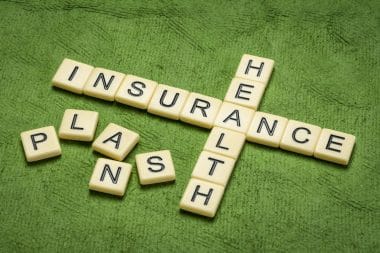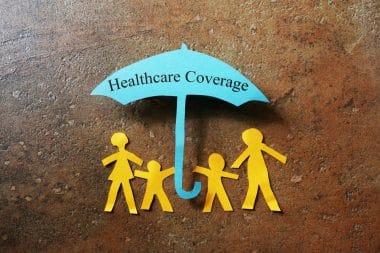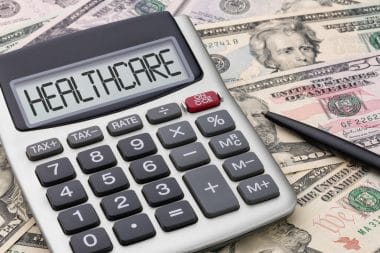When was the last time you reviewed your emergency-preparedness plan? Do you even have one?
We tend to think of disasters as things that happen in other places and to other people. For that reason, we often don’t devote as much care to planning for them as we should. But the unfortunate truth is that any of us can be affected by tragedy at any time. Whether you’re faced with a natural disaster or a layoff, having a plan in place can give you peace of mind and help you not only survive, but thrive.
First, protect your most important assets (house, car, etc.) by making sure that they are adequately insured. Make a detailed inventory of your possessions and have any valuables appraised. Store this information in a separate, secure location, such as a safety deposit box, in case it’s ever needed. When reviewing your insurance policies, consider not only the current value of what you’re insuring but also how much it would cost to replace.
Most experts recommend having at least 6 months’ worth of living expenses in savings in case of a crisis, such as a sudden job loss. The more you’re able to tuck away, the better. In addition to your savings cushion, it’s also a good idea to have access to some cash (for instance, if the power goes out and affects your ability to use your credit/debit cards).
Think in terms of what it takes to meet your basic daily needs (e.g., water, food, and medical supplies) and plan accordingly. It’s best to have on hand at least several days’ worth of clean water and food that doesn’t require refrigeration. Also, keep first aid kits handy in your home and vehicle.
Of course, the type of crisis you’re likely to face depends somewhat on where you live. Consider what sorts of natural disasters your area faces and adjust your plan accordingly. Set aside time to periodically review your preparedness plan and make changes as needed. If you keep these guidelines in mind, you can rest assured that you’ll be prepared to weather your life’s next storm.
What you need to be prepard for an emergency! Read this, it could save your family’s lives! #HealthStatus
Follow HealthStatus
Tweet Now
Key Points:
- 1 An estimated amount of savings is not a concrete number. Know what monetary rescources you have.
- 2Make sure you have good insurance especially in areas of natural disasters.
- 3There is an emergency kit list on the federal government page with a list of things to get in case of emergencies.








Reply